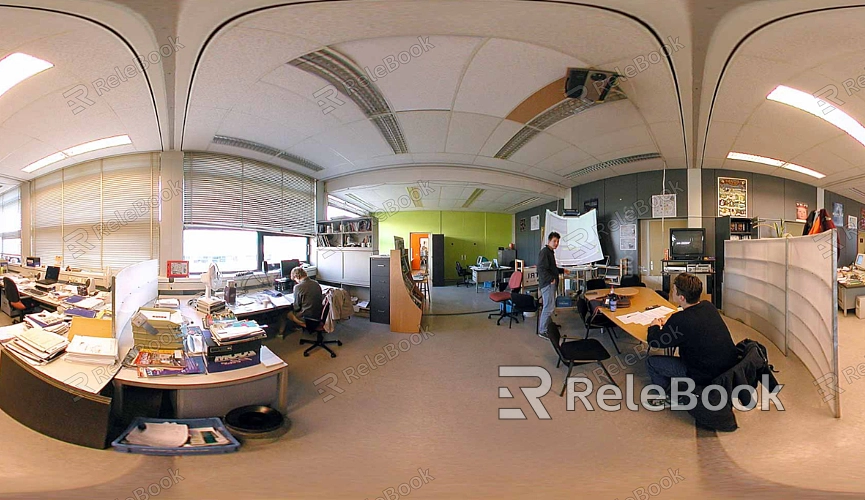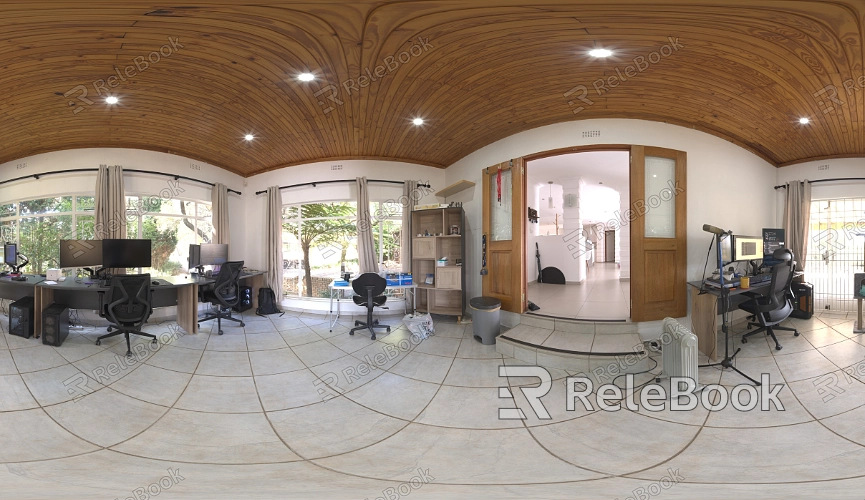What file formats are recommended for office HDR textures?
When creating realistic office spaces, HDR textures are frequently utilized to achieve richer lighting and color representation. These textures can be used in various 3D software programs, such as Blender, 3ds Max, and Maya, making it essential for designers to understand which file formats are best suited for storing and utilizing HDR textures. This article will explore recommended file formats and their appropriate use cases, helping designers optimize their workflows.

HDR File Format (.hdr)
The HDR file format is one of the standard formats for high dynamic range images. It can store more lighting information than traditional image formats, resulting in more realistic renderings. Using .hdr files can significantly enhance a designer’s workflow in Blender or 3ds Max, as these software programs can directly read and process HDR files.
OpenEXR Format (.exr)
OpenEXR is a high dynamic range image file format developed by Pixar, widely used in the film and visual effects industries. It supports multiple channels and high color depth, allowing for the storage of rich lighting information. For projects requiring high precision and diverse rendering, the .exr format is an excellent choice, especially when using post-production software like Nuke and After Effects.
Radiance Format (.pic)
Radiance is a specialized lighting simulation software that uses the .pic file format, which can also store HDR data. Although this format is not as popular as .hdr or .exr, it remains a valid option for specific architectural visualization and lighting simulation projects. Designers may consider using this format when detailed lighting analysis is required.
JPEG and PNG (.jpg and .png)
While JPEG and PNG are standard image formats that typically do not support high dynamic range information, they can sometimes be used to store low dynamic range office textures. For rendering projects that do not demand extreme precision, using .jpg or .png formats can save storage space and improve loading speeds.
TIFF Format (.tif)
TIFF is a versatile file format that supports various color spaces and depths. Although TIFF is often used for saving static images, it can also store high dynamic range images, especially for high-quality output in printing projects. Designers should consider using the .tif format when high-quality output is a requirement.
BMP Format (.bmp)
BMP is a lossless image format that, while limited in color information and image quality, can still be used in some 3D software. Due to its larger file size, BMP is generally not suitable for HDR images, but it may still be utilized for storing basic textures in specific scenarios.
Custom File Formats
Some 3D software may have specific custom file formats that designers can choose based on project needs. For instance, Unity and Unreal Engine offer their texture formats, which optimize performance and loading speeds in game engines. Understanding these specific software requirements can help designers select the best file formats.

Compatibility Considerations
When choosing a file format, compatibility is a crucial factor. Different software and platforms may have varying levels of support for file formats, so designers must ensure their chosen format can be recognized and utilized by the target software.
Compression and File Size
File size and compression methods are also important considerations when selecting HDR texture file formats. Some formats, like JPEG, use lossy compression, while PNG and TIFF support lossless compression. Designers need to balance image quality with file size to meet the needs of different projects.
Project Requirements Analysis
Before selecting a file format, designers should analyze the specific needs of their projects. For rendering requiring extreme lighting precision, choosing .hdr or .exr formats will be more appropriate; however, for quick prototyping, using JPEG or PNG may be more efficient.
Understanding the characteristics and appropriate use cases for different file formats will help designers manage and apply office HDR textures more effectively. By optimizing their workflows, selecting the right file formats can ensure higher rendering quality and efficiency.
If you're looking for high-quality HDR texture resources, Relebook offers a wealth of options to help you achieve outstanding visual effects in your projects. Visit Relebook to discover more design inspiration and practical resources to support your creative journey.

